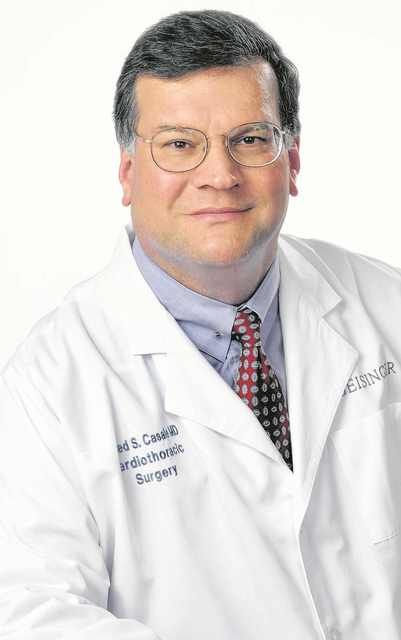Click here to subscribe today or Login.
When Mary was expecting Kate, she wanted us to have a pet. I believe she thought I needed practice looking after something. I guess she remembered what I did to the plants I had in college. Life was too hectic for a dog and the cat didn’t work out (she hated me.) So we got a goldfish named Swimmy.
One day while waiting in line at the local pet store to pay for Swimmy’s vastly overpriced, premium fish flake food, I distracted myself by picking up some of the bottles of “tank conditioners” and fish health care products on the shelf near the register. As I waited, I checked out the ingredients.
Low and behold one of the bottles contained chloramphenicol. That shouldn’t mean much to you, but to a junior house officer at Hopkins it was like finding plutonium in your corn flakes.
You see, it was driven into your head during training that chloramphenicol was never, I mean never, to be squandered on anything but the most life-threatening brain infections. Lesser antibiotics were gradually losing their effectiveness as the bugs developed resistance to them and chloramphenicol had to be kept out of circulation to assure it would work when all else failed.
But you could throw it in your fishtank? That’s nuts.
Well 30 years later and we’re paying the price for playing fast and loose with antibiotics.
The recognition in the mid 1800s that germs caused infectious diseases, and the development of chemicals in the early 20th century that killed the germs and generally left the human host uninjured surely mark a turning point in human history. Life expectancy soared, infant and maternal mortality fell, and unfortunately, we’ve gotten used to believing that we can cure anything.
However, bacteria and viruses are remarkably adaptable, fiendishly creative adversaries. Although our modern pharmaceutical industry has been wildly capable in finding and creating new drugs to fight infections, the enemy organisms’ flexibility and our own sloppiness has put us in great jeopardy. Antibiotics are losing effectiveness dangerously quickly and “superbugs” are emerging. So much so the World Health Organization established “World Antibiotic Resistance Awareness Week.”
You’re forgiven if you missed it. That’s indeed the problem. We’re not paying enough attention to this (and global warming but that’s for another column.)
As part of its work, the WHO asked 100,000 people in 12 countries (U.S. was not one of them, but I’m sure the answers would be similar, based on my private survey of friends) about antibiotic use and found shocking misunderstanding about safe use of these powerful drugs.
So let’s review some important facts related to antibiotics:
1. If you’re given an antibiotic, take it exactly as directed. Finish the course your practitioner prescribed even if you feel better after only part of the course. Germs need to be vanquished by the whole enchilada not just knocked for a loop by one good punch (nice mixed metaphor, no?)
2. Antibiotics do not help viral illnesses like the common cold. Please trust your doctor when she or he says a “Z-pack” or some such drug is a waste of money. It’s also risky for us all in creating resistant germs.
3. Resistance means the germs are no longer controlled or killed by the drug not that the patient is somehow “resistant” to the medicine. Patients can be allergic to an antibiotic, germs get resistant.
4. Wash your hands. Wash your hands. Wash your hands. Get it?
5. Cover your coughs and sneezes.
6. Don’t take antibiotics prescribed to someone else or to you for a previous illness.
Swimmy lived a long and happy life, without antibiotics mind you. Unfortunately, while visiting us soon after Kate’s birth, Grandma Casale couldn’t resist changing Swimmy’s water; and what the heck, she thought, let me just clean that crud at the bottom of the bowl with a little bleach. Bleach, you see, indeed kills germs. It wasn’t so good for Swimmy either!
It took years before we let Grandma give Kate a bath.








